
What is FCC Compliance?
What is FCC Certification?
FCC stands for the Federal Communications Commission, a U.S. government agency established in 1934. It operates independently and reports directly to Congress.
According to the Code of Federal RegULations (CFR Title 47), most electronic products entering the U.S. market must obtain FCC certification to ensure compliance with wireless communication standards.
FCC certification is mandatoryfor most electronic devices, including radio frequency equipment, communication devices, and other products utilizing wireless technologies. However, some specific products or circumstances may be exemptfrom FCC certification.
This certification ensures that products meet U.S. laws and standards related to electromagnetic compatibility, radio spectrum usage, and wireless communication performance, helping to protect public safety and ensure efficient wireless operations.
What Products Require FCC Certification?
FCC certification is requiRED for all radio frequency and electronic devicessold or distributed in the U.S. market.
If a device generates electromagnetic radiationor includes radio transmission/reception functions, it likely requires fcc compliance.
Product Categories Include:
1. Radio Frequency Devices:
e.g., mobile phones, WiFi devices, Bluetooth devices, radio transceivers
2. Wired Telecommunications Equipment:
e.g., telephones, modems, fax machines, telephone line protectors
3. Digital Devices:
e.g., computers, servers, printers, copiers, scanners
4. Electrical Equipment:
e.g., power adapters, electric tools, household appliances
5. Other Electronic Products:
e.g., automotive electronics, radar devices, medical equipment
Two Types of FCC Certification
Before applying, sellers must determine whether the product requires fcc sdocor fcc idcertification. Sellers must comply with platform rules and provide accurate and complete compliance documentationto ensure proper market access.
1. General Products — FCC sdoc (Supplier’s Declaration of Conformity)
Applicable to ordinary electronic devices without wireless transmission, such as:
a. Electronic scales
b. Humidifiers
c. Robot vacuum cleaners
d. Electric fans
(only if they do notinclude wireless functions)
2. Wireless Products — FCC ID
Specifically for devices with wireless communication functions, such as:
a. Mobile phones
b. Wireless keyboards/MICe
c. Remote controllers
d. Bluetooth speakers
e. Tablets
How to Ensure FCC Compliance?
FCC certification ensures that products meet U.S. regulations for radio frequency emissionsand electromagnetic compatibility. Businesses must conduct appropriate testing, follow FCC application procedures, and adhere to labeling requirements. Continuous attention to regulatory updates is necessary.
I. Physical Label Requirements
1. fcc id label
The FCC requires all RF-emitting devices to display the FCC IDon the product. The label may be:
a. Affixed to the product
b. Etched on the outer casing
c. Electronically displayed
The FCC ID must be clearly visibleand legible without magnification, for example:
> FCC ID: XXXXXXXX
2. FCC Compliance Statement
Products authorized under FCC SDoC or FCC Certification must include one of the following compliance statementson the label.
II. User Manual Requirements
According to U.S. regulations, all intentional (FCC ID) or unintentional (FCC SDoC) RF devices must include an “Information to User”section in the user manual.

1. Mandatory Notice in Manual
The manual must contain the following (or similar) notice in a prominentsection:
> “This equipment has been tested and found to comply with the limits for a Class B digital device, pursuant to Part 15 of the FCC Rules. These limits are designed to provide reasonable protection against harmful interference in a residential installation…”
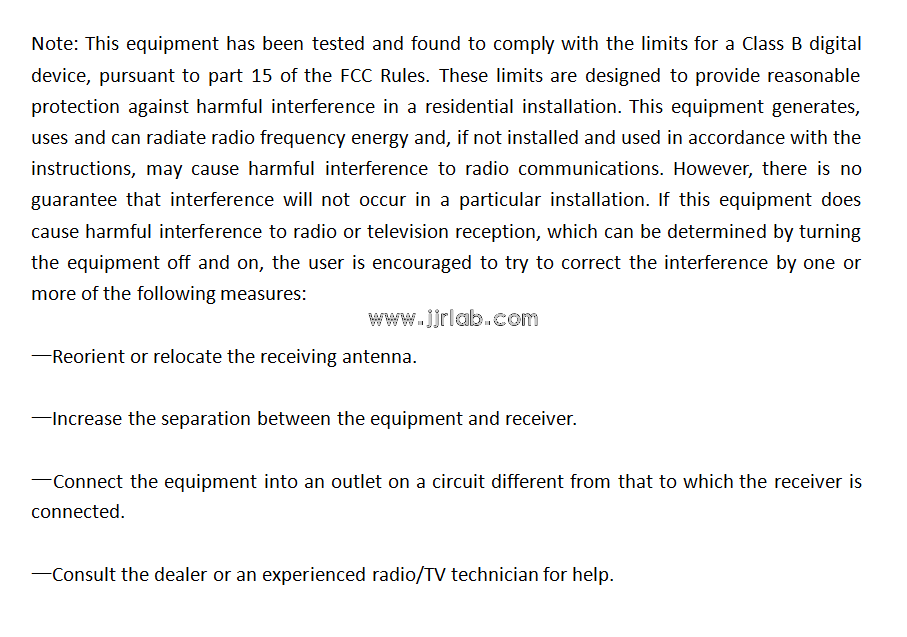
2. Warning on Unauthorized Modifications
The manual must include a warning that unauthorized changescould void the user’s authority to operate the device. Example statement:
> “Changes or modifications not expressly approved by the party responsible for compliance could void the user's authority to operate the equipment.”

Email:hello@jjrlab.com
Write your message here and send it to us
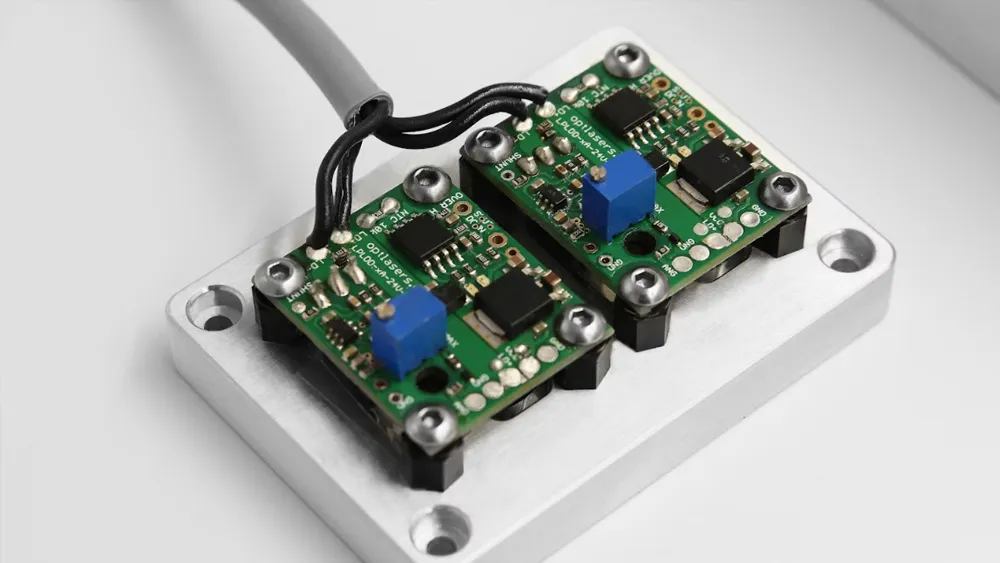 Can You Conduct Lab Tests to UL Standards
Can You Conduct Lab Tests to UL Standards
 What Products Are Affected by Prop 65?
What Products Are Affected by Prop 65?
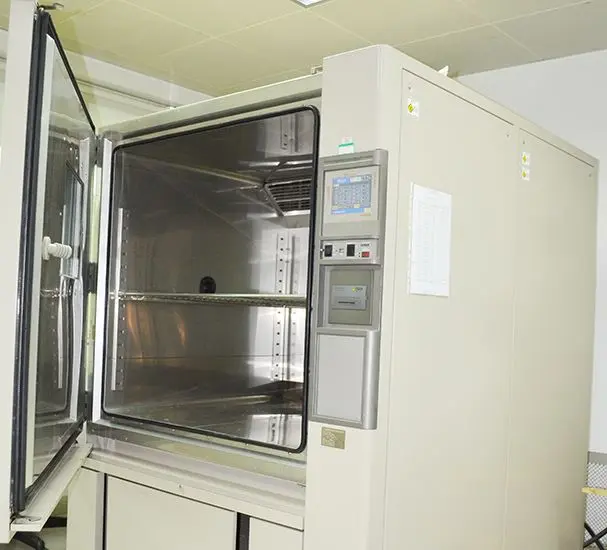 CPSIA Compliance for Children's Products
CPSIA Compliance for Children's Products
 Children's Products Canadian Requirements
Children's Products Canadian Requirements
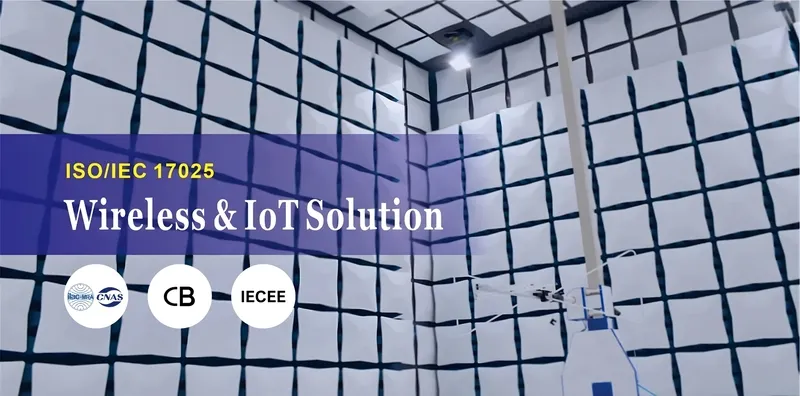 What is a CE EU Authorized Representative
What is a CE EU Authorized Representative
 Regulations and Standards for Cell Phone Cases
Regulations and Standards for Cell Phone Cases
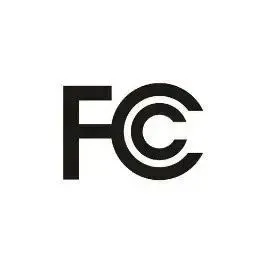 Do I Need EC Homologation in the USA?
Do I Need EC Homologation in the USA?
 FCC Part 15B & Part 97 Certified
FCC Part 15B & Part 97 Certified
Leave us a message
24-hour online customer service at any time to respond, so that you worry!




